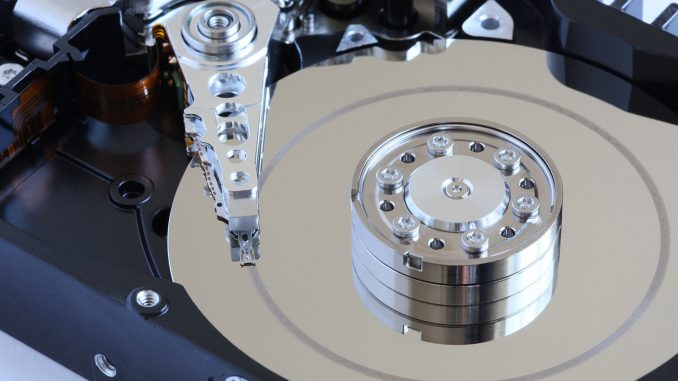
HDDs made of ceramics or glass are already common in notebooks. Such technology could also increase the storage capacity in a 3.5-inch format. Such glass for hard disks will be produced by the Japanese company – Hoya Corp based in Tokyo.
Despite the low speed and mechanical vulnerability, hard disks are still more common than SSDs because of the good price/performance ratio and are optimized by several manufacturers.
According to the Japanese magazine Nikkei Technology, the glass pattern, exclusively marketed by the Japanese manufacturer, is expected to enable storage capacities of up to 20 terabytes in a 3.5-inch format by 2020.
Glass has two very positive properties: on the one hand, the material is much stiffer, whereby the thickness of the individual panes can be reduced. As a result, an additional disk can be installed at the same height, which increases the capacity.
Another advantage is the higher temperature resistance, which makes HAMR possible. In the so-called heat-assisted magnetic recording, the area to be described is heated on the storage medium, which reduces the magnetic field required for writing. For this, however, the Curie temperature must be overcome – this is approximately for iron at over 750 ° C, which is why the current aluminum material is not suitable for this technique.